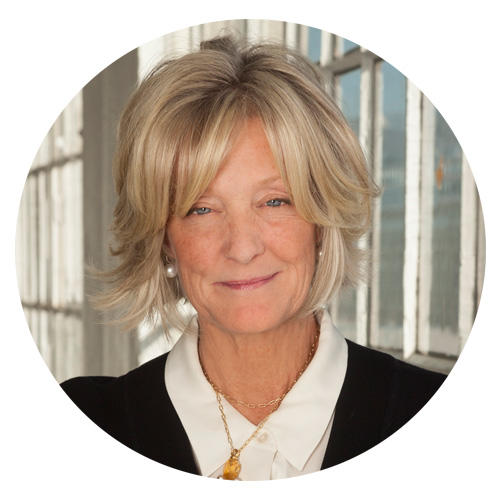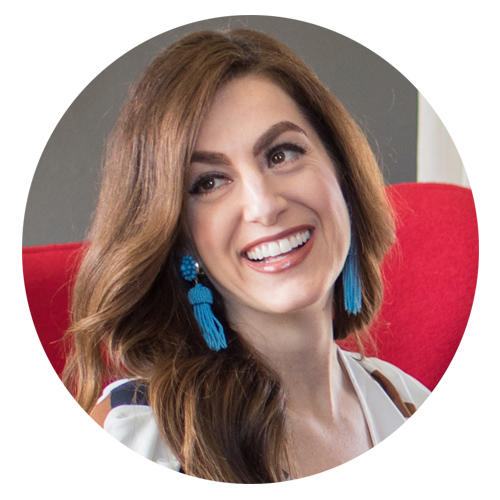While there may be a few dream clients who aren’t confined to a budget, most will have to stick to some parameters. We asked eight designers—Charlotte Barnes, Laurie Blumenfeld-Russo, Everick Brown, Matthew Carter, Emily Davis, Elena Phillips, Lisa Sherry and Kaitlin Smith—how they address clients when a project is going over budget.

All about options
“Budgets help us to present the right thing. Recently, we had a living room we were doing, and the client was very clear that they wanted a beautiful rug, but also wanted to keep everything within a budget. We presented them with three rugs—one that fit the bill of what she was looking for, but was a bit over budget, and two that were very close to what she wanted at a lower price—and let the client decide which one would work best for them. This is why it’s so important that a client at least gives us a ballpark of their budget. The best thing we can do is spend their money wisely. All great houses have a mix of high and low.” —Charlotte Barnes, Greenwich, Connecticut

Mix it up
“It’s impossible to anticipate every cost, and often a client may decide to go out of their budget on a particular item. It is the designer’s job to communicate that break in the budget and make sure they understand that the item may push them over the projected total. If a client decides to splurge on a sofa or dining room table, I do my best to find some other items within the room where we can save. It is always my goal to stay within a budget for my client, but often that special item may be worth breaking the bank a bit!” —Kaitlin Smith, Highpoint Home, Watch Hill, Rhode Island

What’s yours is mine
“Our business is so personal that I always try to think of my client’s money as my own and to be the best steward possible. Being your client’s advocate and walking them through why certain issues cost more is something that we as designers can bring to the table. Clients really value that expertise!” —Emily Davis, Emily Davis Interiors, Tulsa, Oklahoma

Plan and Adapt
“The best way to navigate a project in jeopardy of going over plan is to have a cohesive budget, maintain transparency and provide good communication. I provide a budget for my clients from start to finish; this way, we can anticipate any problem areas as we go through the design process. Once the project moves into the procurement phase, I revise the initial budget and discuss any changes with the client.” —Everick Brown, Everick Brown Design, New York

live up to expectations
“During my initial conversation with a client, I try to get an understanding, not only of design expectations, but also of budget expectations. I clearly outline my fee structure in a contract and if requested, provide a ‘high-low’ estimate, which can be used as a guide. Additionally, the client signs off on every item I purchase on their behalf. This creates accountability on both sides. At its simplest, an open dialogue and game plan helps the client feel comfortable and reduces unexpected budget surprises.” —Elena Phillips, Elena Phillips Interiors, Rowayton, Connecticut

Straight shooter
“I am a firm believer in being completely straightforward with clients on the subject. We’re fortunate to work with people who understand quality and what it takes for a successful end result. I always say I would much rather explain the cost of something up front than have to explain mediocre quality after the fact. We make a firm proposal for all the curtains, rugs, upholstered furniture, etcetera, but I like to go out and shop for a lot of interesting antiques and objects that make rooms feel more personal and collected. If the perfect thing comes along and is more than our budget, they will almost always say yes. In the end, it is more about making comfortable and beautiful rooms than about a specific dollar amount.” —Matthew Carter, Matthew Carter Interiors, Lexington, Kentucky

Continuing education
“Very often, clients don’t know what things cost. They’ll ask if a chair is $500 or $5,000. So part of my process is education and syncing up on financials and aesthetics. The two need to pair, and that’s all about communication. Now, if we find something fabulous that’s over budget, the client decides how much they love it. I always have on-budget options, and really good ones at that. As it unfolds, I like a project to feel like a wonderful revelation, a surprise—but never a financial one!” —Lisa Sherry, Lisa Sherry Interieurs, Charlotte, North Carolina

Happily ever after
“We try very hard to stay within the client’s comfort zone on price points. I always communicate along the way how the numbers are coming in and keep an open dialogue. As long as the client feels in-the-know and in control of how the numbers are adding up, it’s unlikely there will be any drama. All that said, if we do go over budget, I am honest and calmly explain the circumstances. I also reassure them that once the work is done they will be so happy, they will forget the pain of spending more than they anticipated.” —Laurie Blumenfeld-Russo, Laurie Blumenfeld Design, New York
Homepage photo: A living room by Matthew Carter | Maura McEvoy



























